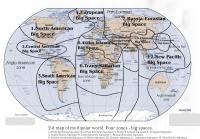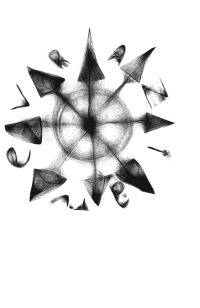MAIN PRINCIPLES OF EURASIST POLICY
The first pattern represents the inertial cliché of the Soviet (mainly later Soviet) period. It has somehow taken roots in the psychology of some Russian managing systems, often unconsciously, pushing them into adopting such or such decision on the basis of the precedents. This pattern is supported with the “relevant” argument: «It worked earlier, it will work also now». It concerns not only those political leaders who consciously exploit the nostalgic complex of the Russian citizens. The Soviet reference pattern is much wider and deeper than the structures of the KPFR [Communist Party of the Russian Federation], which now stands at the rim of executive power, far from the decisional centres. Everywhere politicians and officials, formally not identifying themselves in any way with communism, are guided by it. It is an effect of education, life experience, formation. In order to understand the substance of the undergoing processes in Russian politics, it is necessary to admit this “unconscious sovietism”. The second pattern is the liberal-democrat, pro-American one. It started taking shape with the beginning of “perestroyka” and became some kind of dominant ideology in the first half of the 1990s. As a rule, the so-called liberal-reformers and the political forces close to them identify themselves with it. This pattern is based on choosing as system of reading of the American socio-political device, copying it on the Russian ground and following US national interests in international issues. Such pattern has the advantage to allow to lean on the quite real “foreign present”, as against the virtual “domestic past” around which the first pattern gravitates. The argument here too is rather simple: «It works for them, it will work for us too». Here it is important to stress that we are not simply talking about “foreign experience”, but about the orientation towards the US, as to the flagship of the successful Western capitalist world.










